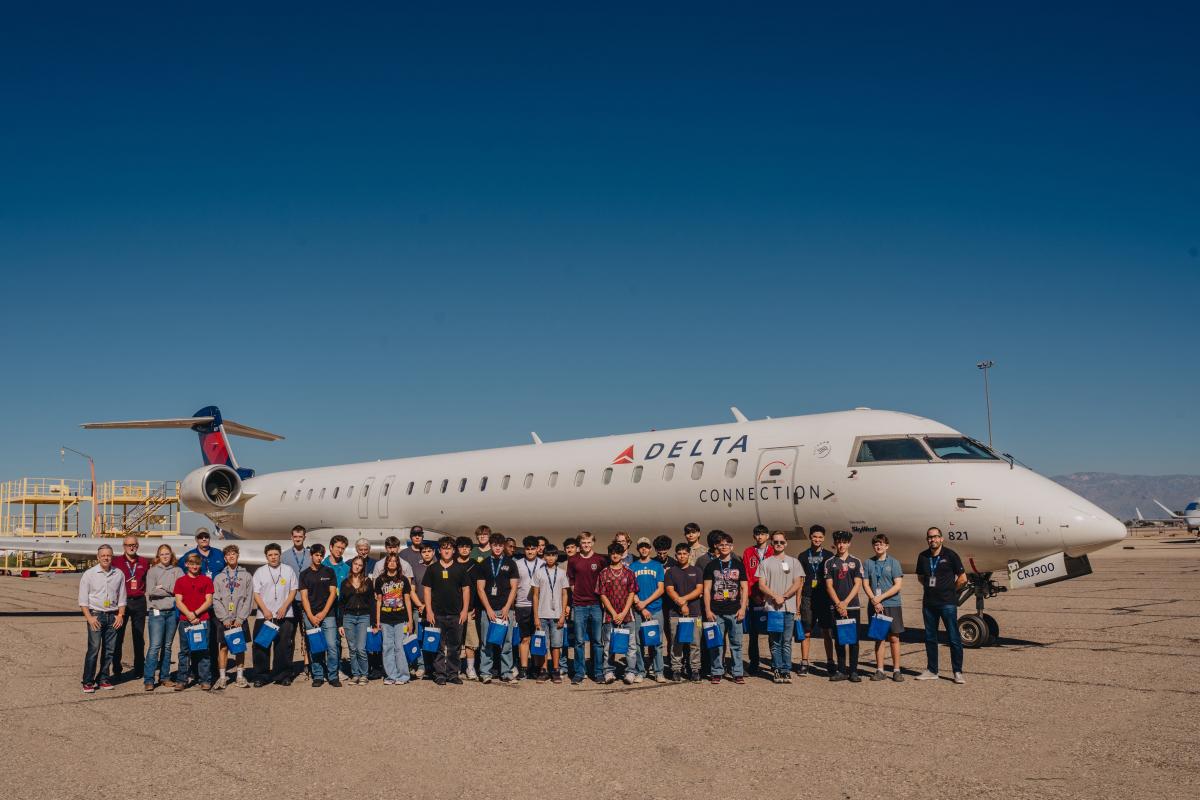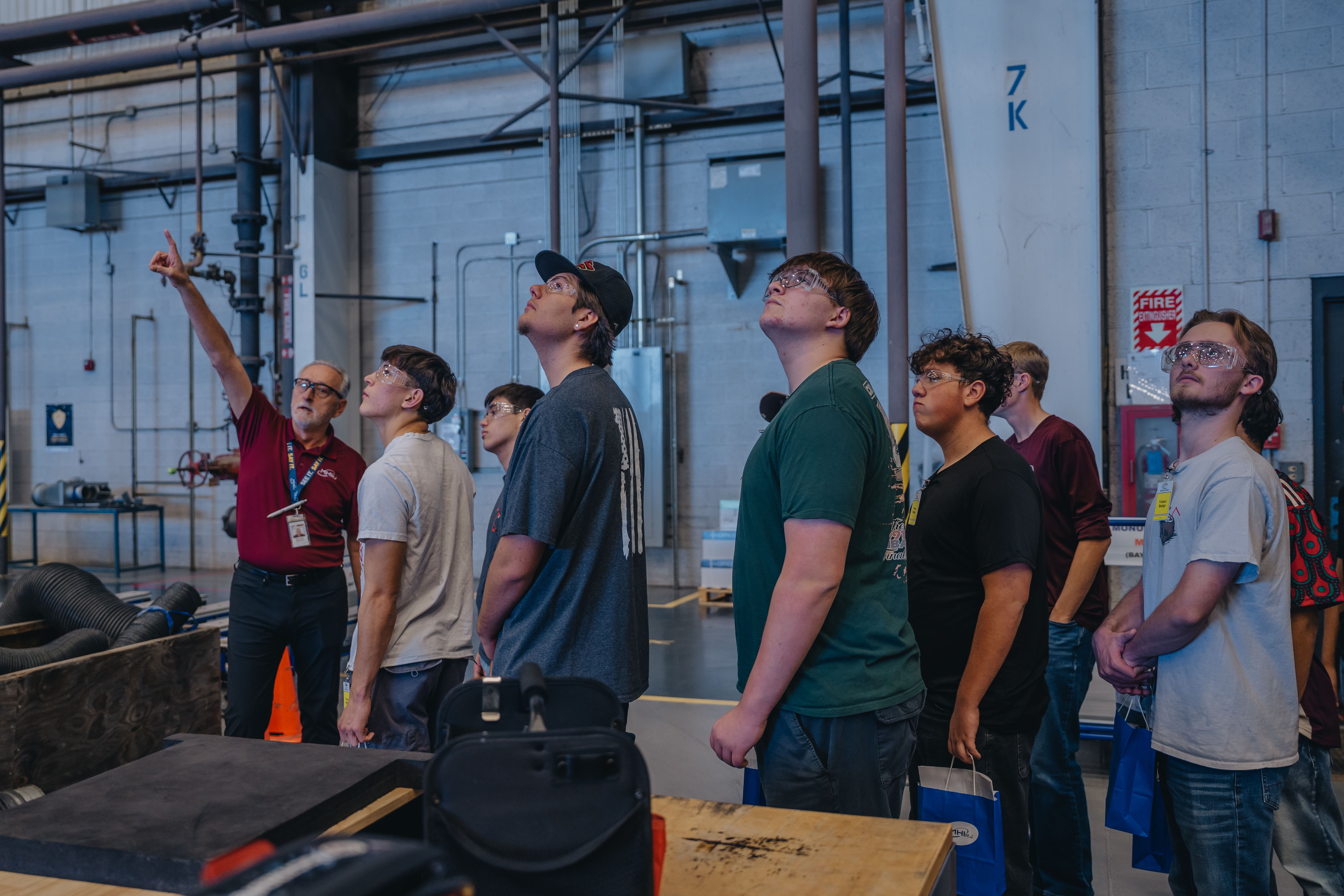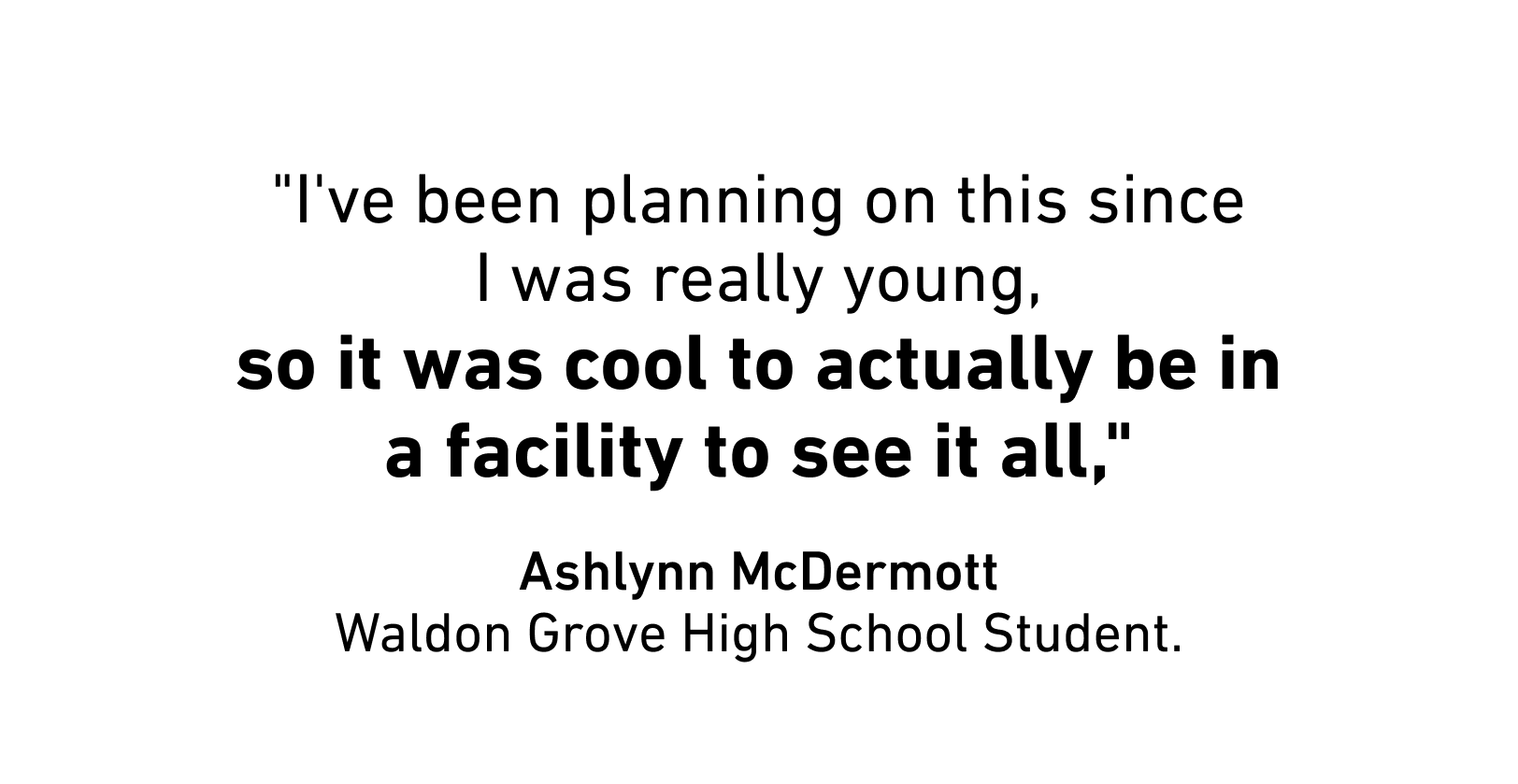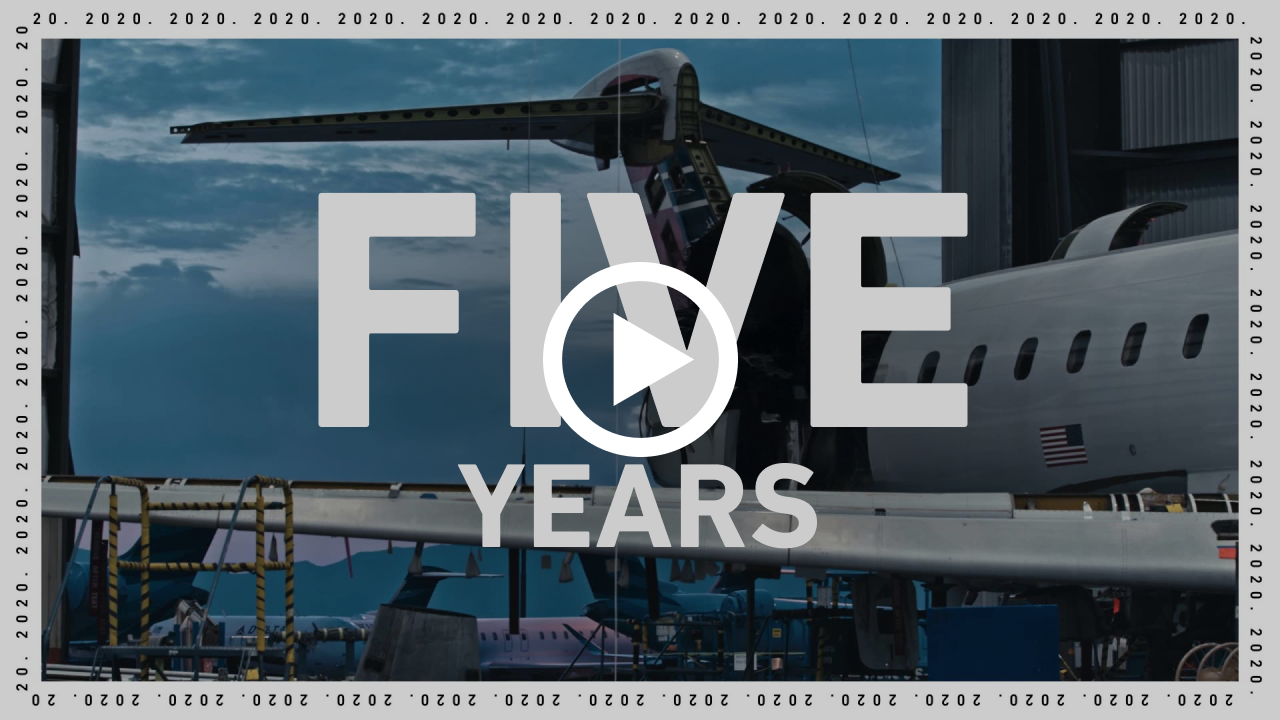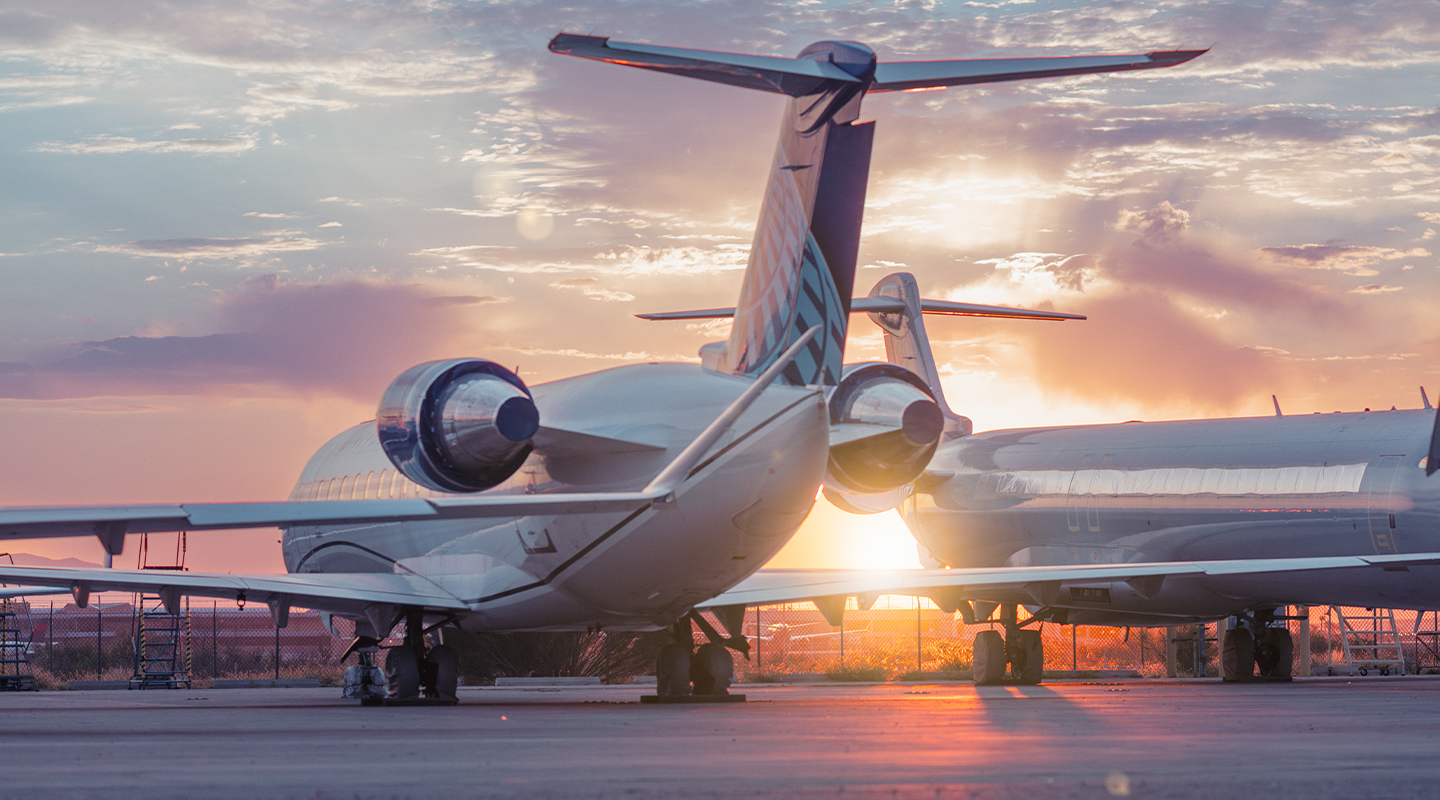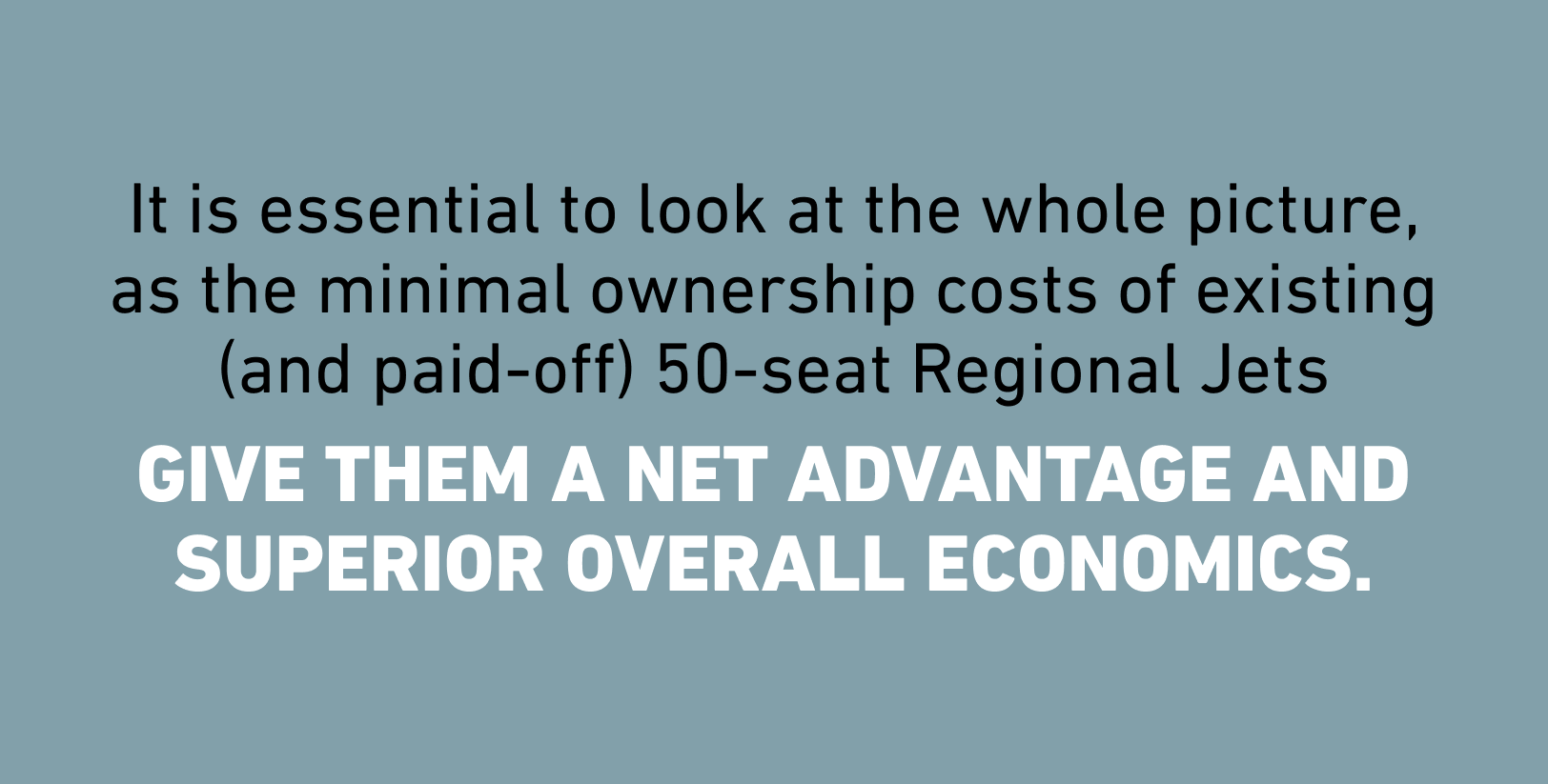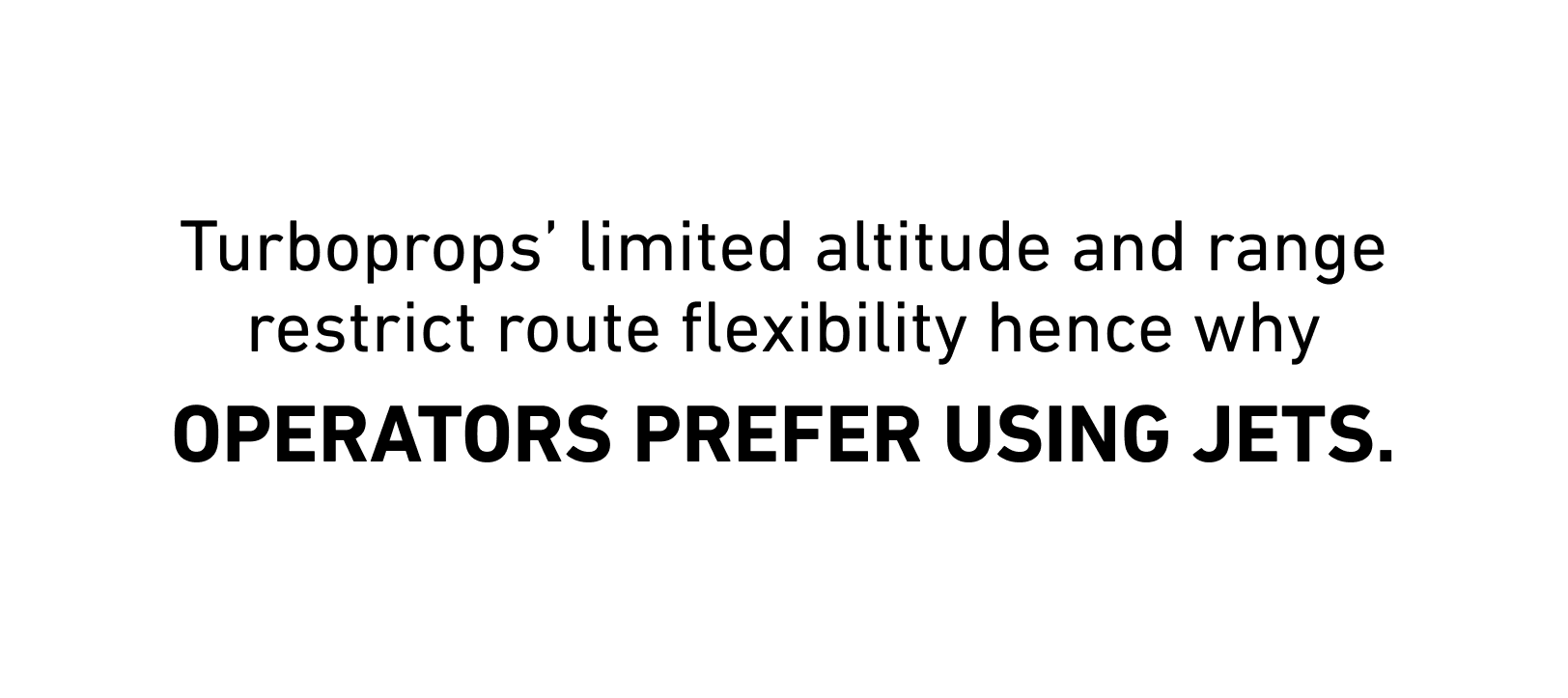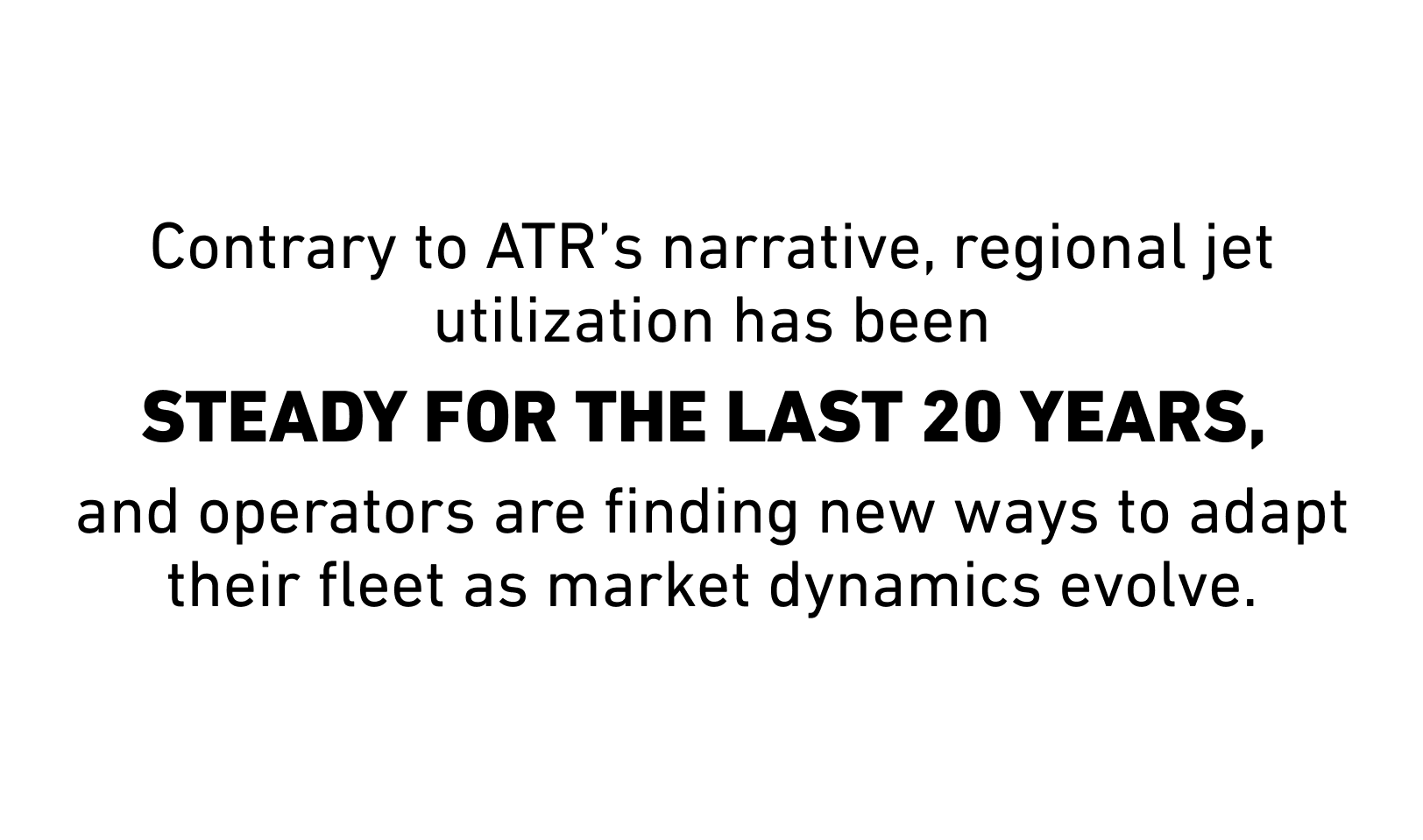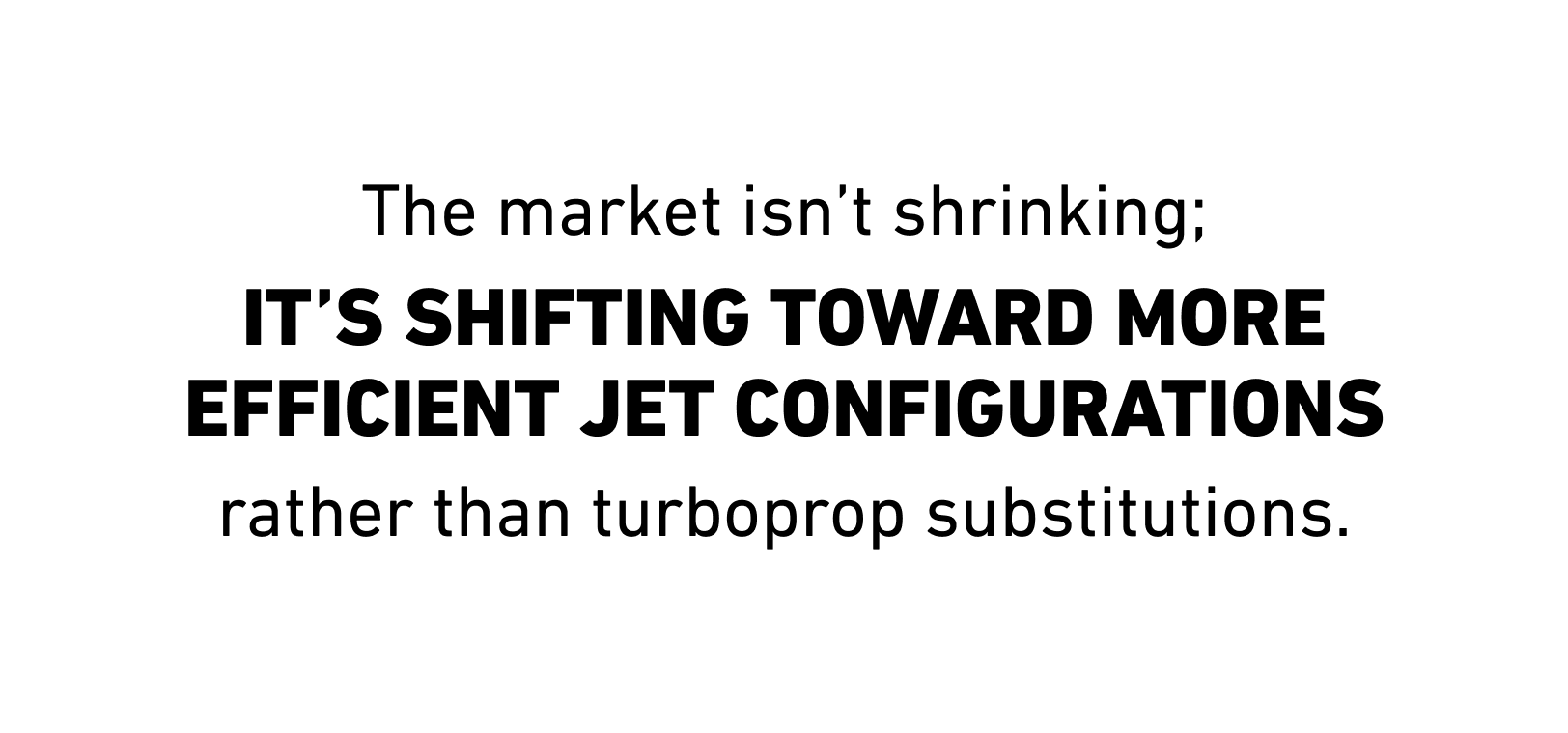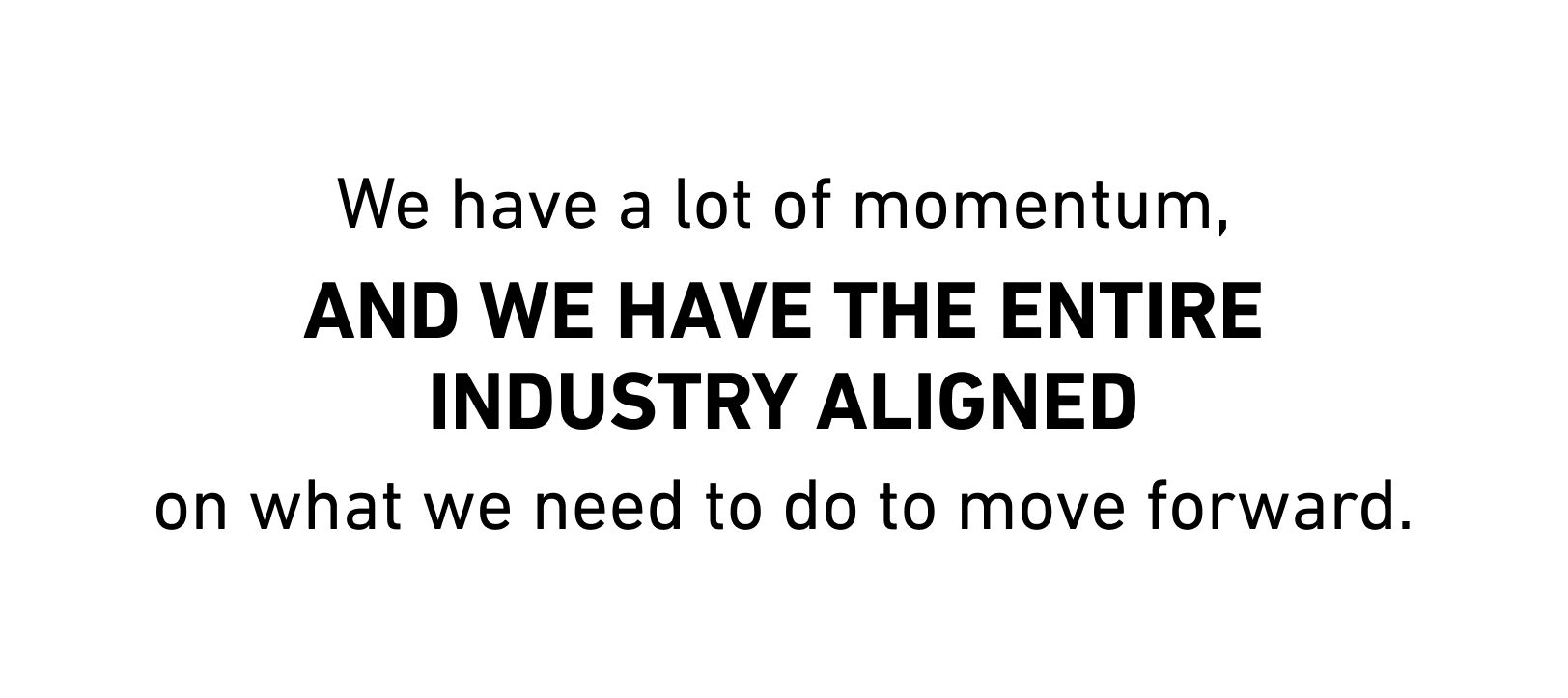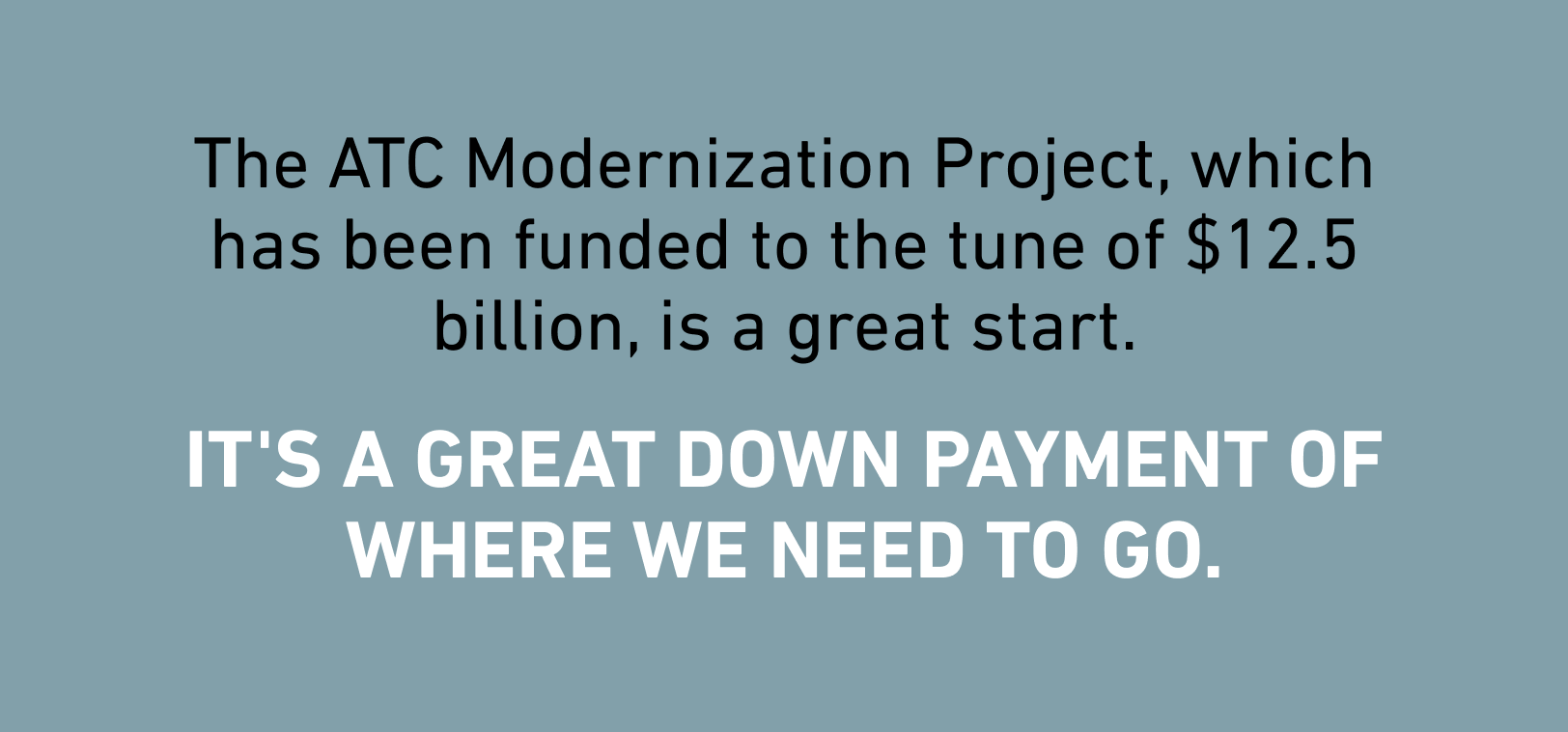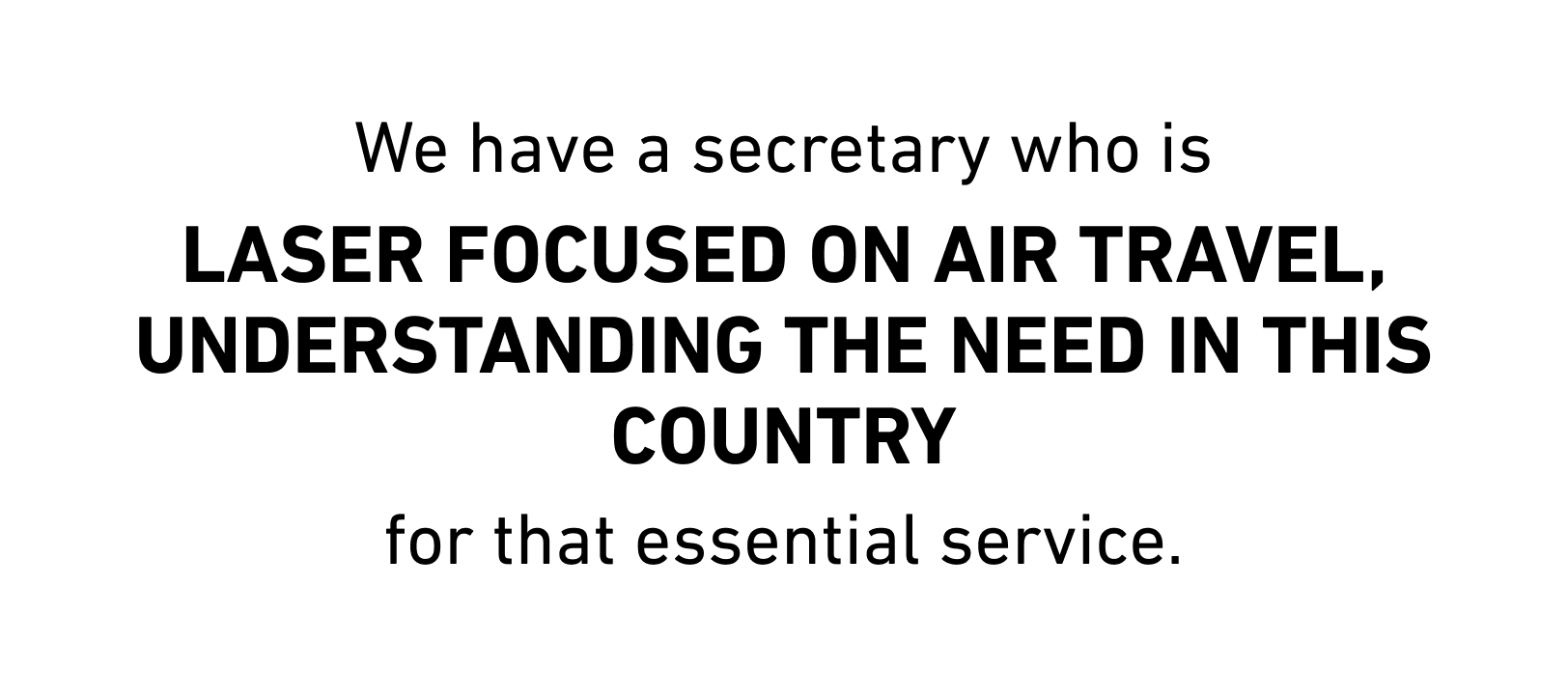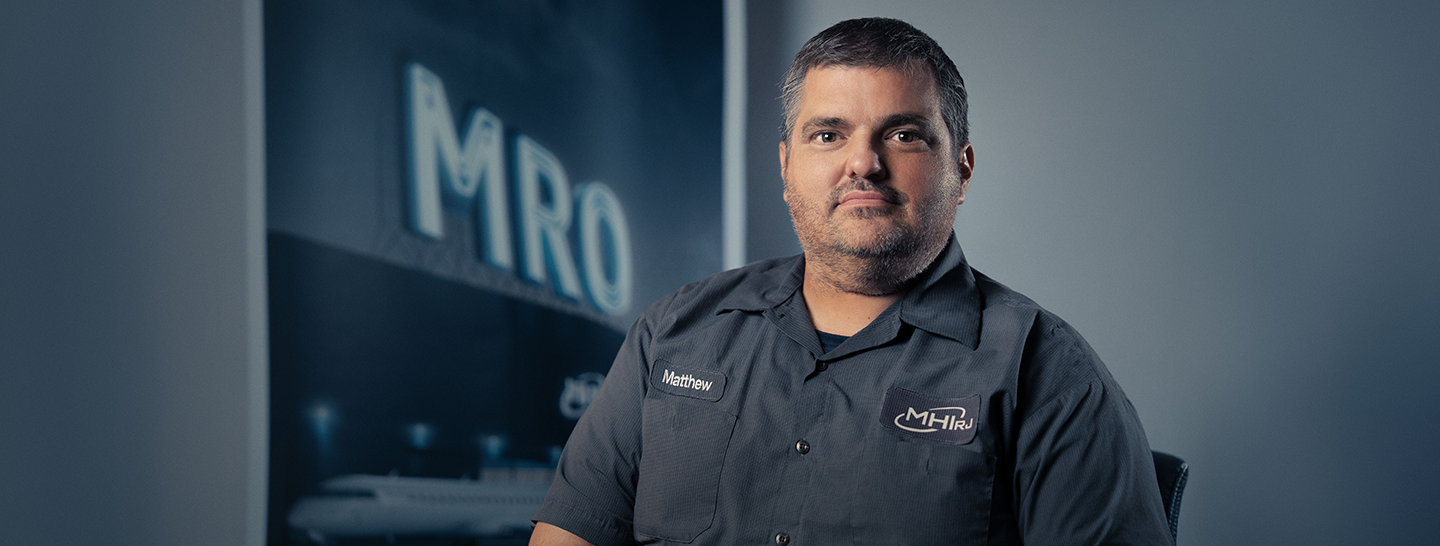
2023 FAA REAUTHORIZATION BILL

As the need to ramp up the aviation workforce continues, efforts are being made to lessen critical industry labor shortages. From increasing access to funding to improving training, the 2023 FAA Reauthorization Bill aims to make effective changes with a long-lasting impact.
Pilot and technician shortages, service interruptions, and other recent obstacles have put a spotlight on the need for policy changes within the industry. That’s why the bipartisan FAA Reauthorization Act aims to put measures into place that will help alleviate the challenges, improve safety and service, and provide funding to hire more pilots, technicians, and air traffic controllers, as well as implement the latest safety technology.
Every 5 years, the funding and mandate of the FAA are defined by Congress through the FAA Reauthorization Act, and 2023 is such a year when the future course of aviation in the U.S. will be set with the passage of the Act. This year, it’s more important than ever to make effective changes that will change the course of the future of the industry.
"The labor shortage in the aviation industry translates into parked aircraft and canceled flights. The industry needs more pilots and more aircraft technicians to keep communities connected and protect air service from getting interrupted across the United States,” said Ross Mitchell, Vice-President, Strategy and Business Development, at MHIRJ.

SUPPORTING EDUCATION AND RECRUITMENT
In order to meet workforce demands, part of this bill focuses on increasing funding for the FAA’s Aviation Workforce Development Grant Program. This program is designed to grow the aviation workforce pipeline by supporting the education and recruitment of pilots, maintenance technicians, and aircraft manufacturing technical workers. It also calls for the FAA to develop a national plan to address the critical shortages being felt across the industry.
While it’s imperative to address current workforce challenges, it’s also necessary to remove the barriers that prevent the next generation of professionals from pursuing a career in aviation. The extremely high cost of training limits access to education and training for many, so increasing funding will open the doors to opportunity for a far more diverse group of people, thus building a larger workforce in less time.
CHANGING THE EXISTING LANDSCAPE
One of the solutions to the pilot shortage that has been receiving the most attention is changing the mandatory retirement age for pilots. This latest bill finally looks to increase the mandatory retirement age for commercial pilots from the current 65 to 67. The majority of the pilot workforce is still healthy, capable, and wanting to continue their careers past the age of 65, so this change will reduce the shortage being felt today by allowing the most experienced pilots to continue flying. This will positively impact the availability of pilots, helping close the gap while new pilots complete their training.
Another notable change presented in the bill is allowing pilots to complete a portion of their training hours in simulators. These simulators are an incredible tool with state-of-the-art technology designed to mimic real-life aircraft and prepare pilots for situations that cannot be simulated on actual training aircraft. From engine failure to hazardous wind shear, experience is everything when it comes to safety training—and that’s where technology comes in. Modernizing training requirements and leveraging modern simulators can help get pilots accredited and in the air faster, helping to close the pilot shortage gap. This would be a significant improvement from the traditional flight training that requires accumulating flight hours on a single-engine aircraft.
We look forward to seeing these changes take action and bring the aviation industry into a great new era. Full details on what the 2023 FAA reauthorization bill brings to the table can be found on the U.S. Senate website.
- Log in to post comments
The labor shortage in the aviation industry translates into parked aircraft and canceled flights. The industry needs more pilots and more aircraft technicians to keep communities connected and protect air service from getting interrupted across the United States,
Ross Mitchell, VP, Strategy and Business Development, MHIRJ

 24
24
